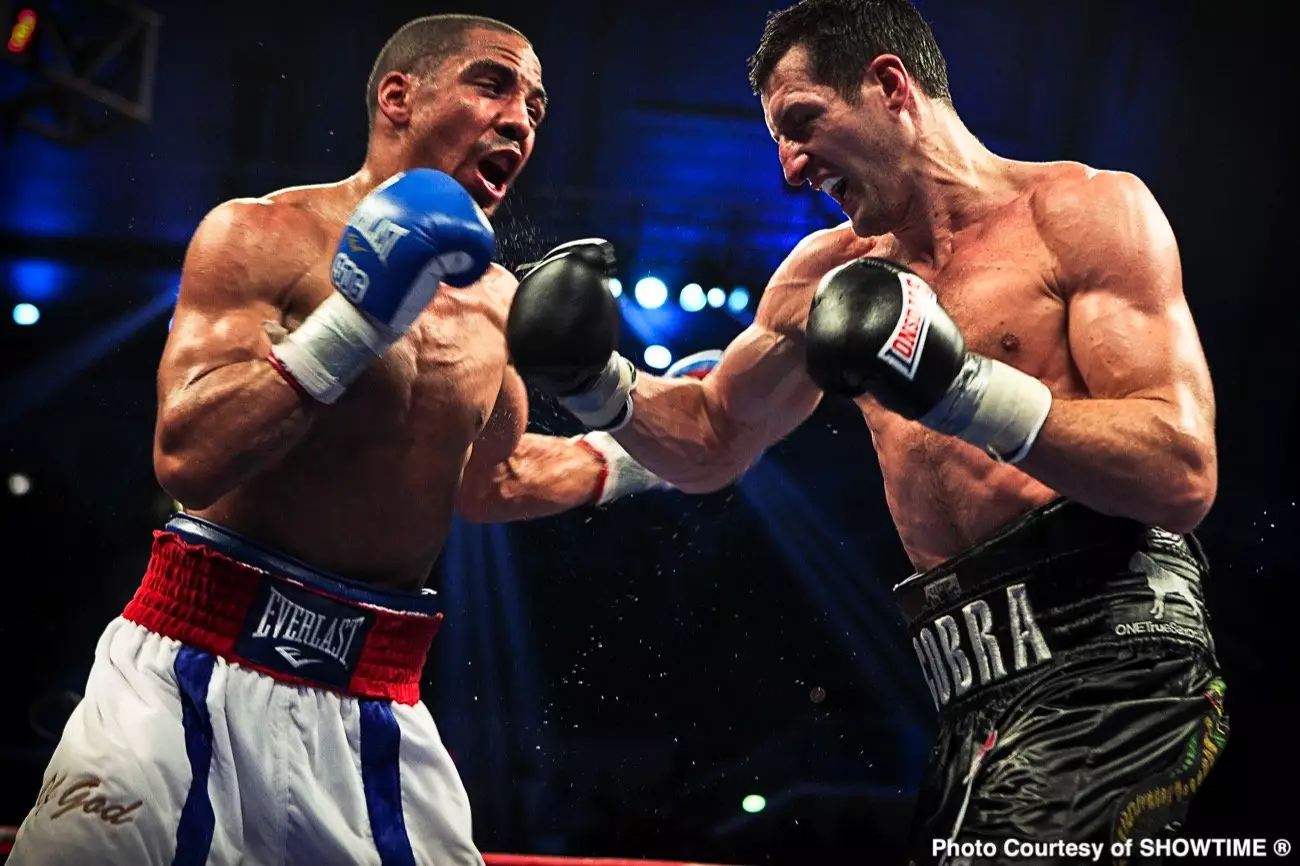The boxing community is engulfed in an emotional atmosphere following the recent passing of George Foreman, a titan in the heavyweight division. His impact on the sport is immeasurable, and tributes have been pouring in from every corner of the boxing world. Among the voices lamenting his departure is Carl Froch, a formidable super-middleweight champion, who boldly speculates on how Foreman would have fared against today’s heavyweight warriors. Froch’s assertion that “Big George” would have devastated contemporary champions is not just a nostalgic nod to the past; it’s a testament to the raw power and ferocity Foreman brought to the ring.
The Heavyweight Hierarchy
In a sport often defined by size and strength, one can’t help but wonder about Foreman’s potential to dominate today’s giants, such as Tyson Fury and Anthony Joshua. Froch’s claim that Foreman would “bash them to bits” is compelling. Foreman’s presence in the ring was nearly monstrous—standing over 6’3″ and weighing around 220 pounds at his prime, he possessed a unique combination of brutal strength and relentless aggression. When he unleashed that thunderous swing, it sent a message: he was not merely a fighter; he was a force of nature.
Comparative Analysis of Fighting Styles
While the current heavyweight landscape boasts diverse fighters with distinct techniques and attributes, Froch’s argument rests on the assumption of an unrelenting power imbalance. With Foreman’s iconic bouts against legends like Joe Frazier and Ken Norton still fresh in our minds, it’s easy to visualize how he might have approached today’s elite. Focusing on his raw knockout potential, one can imagine Foreman breaking down the defenses of modern technical fighters such as Oleksandr Usyk. Despite Usyk’s commendable agility, Froch’s skepticism that he could contend with Foreman’s destructive strength holds water.
Styles Make Fights
Tyson Fury’s size and boxing IQ would arguably pose a challenge for Foreman, yet the latter’s inherent pressure fighting style and lethal punch power might have tipped the scales in his favor. While Fury displays agility lost on many of today’s big men, George’s aggressive style would have tested Fury’s ability to adapt under fire. Froch’s contention that Foreman would have emerged victorious echoes a broader reality in boxing: the heavyweight division has evolved, but few can match the sheer intimidation Foreman instilled in his opponents.
Historical Context and Legacy
Reflecting on Foreman’s contributions invokes a reality whereby the fighters of today live in relative comfort. They do not have to face a warrior like Foreman, a fighter who epitomized the brutal spirit of the heavyweight scene in the 1970s. His legacy extends beyond mere records; it encompasses the psychological advantage he wielded over his adversaries. Foreman’s indomitable will, paired with explosive power, crafted a legacy that few could aspire to rival.
Ultimately, George Foreman will always stand as a monolith of strength and resilience in boxing. His passing leaves a void, but his essence continues to challenge the narratives surrounding today’s boxing elite. As fans and analysts discuss how Foreman would fare in the current scene, it becomes clear: while many modern fighters may be technically sound, few can replicate the raw ferocity of a peak George Foreman.

